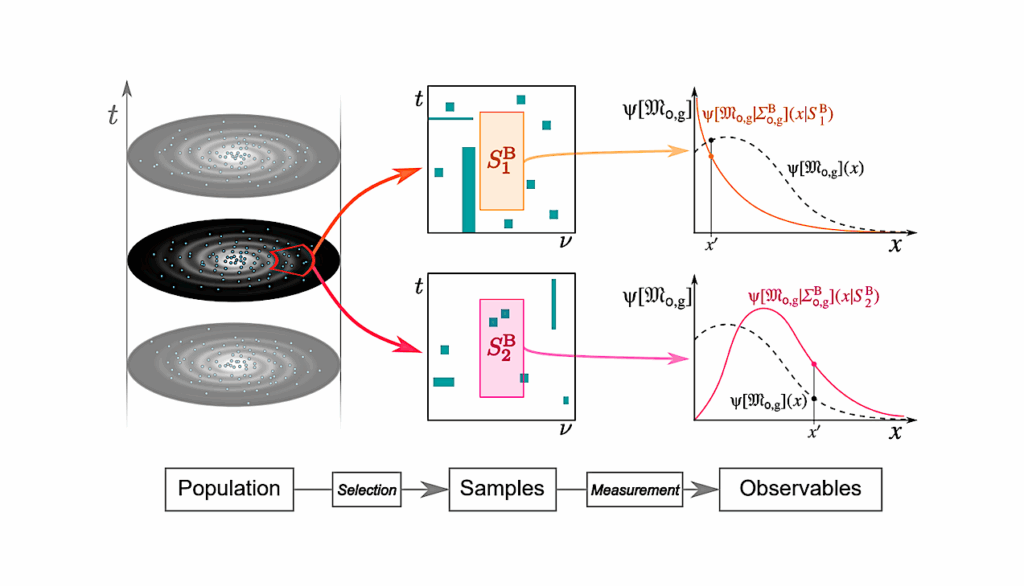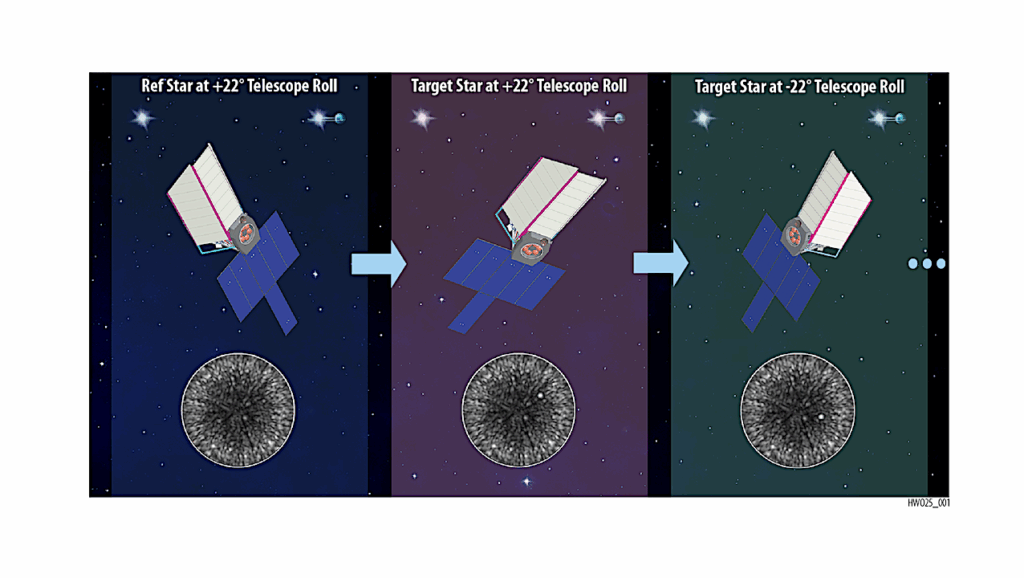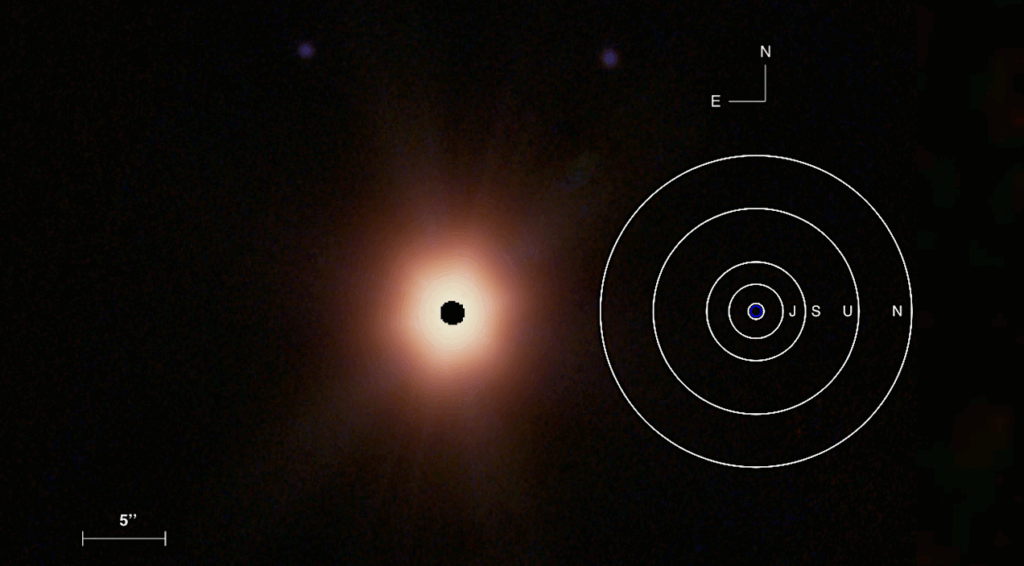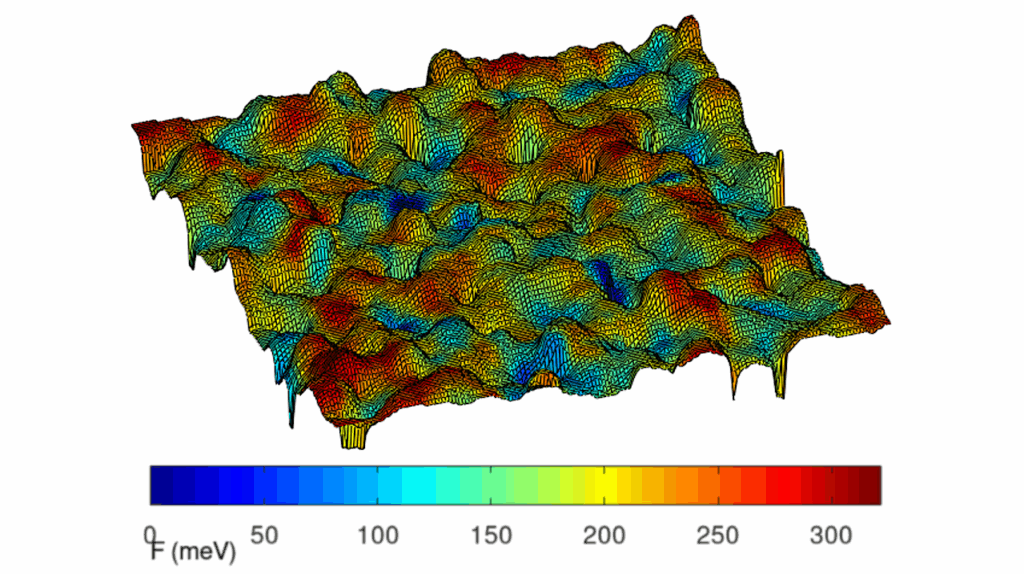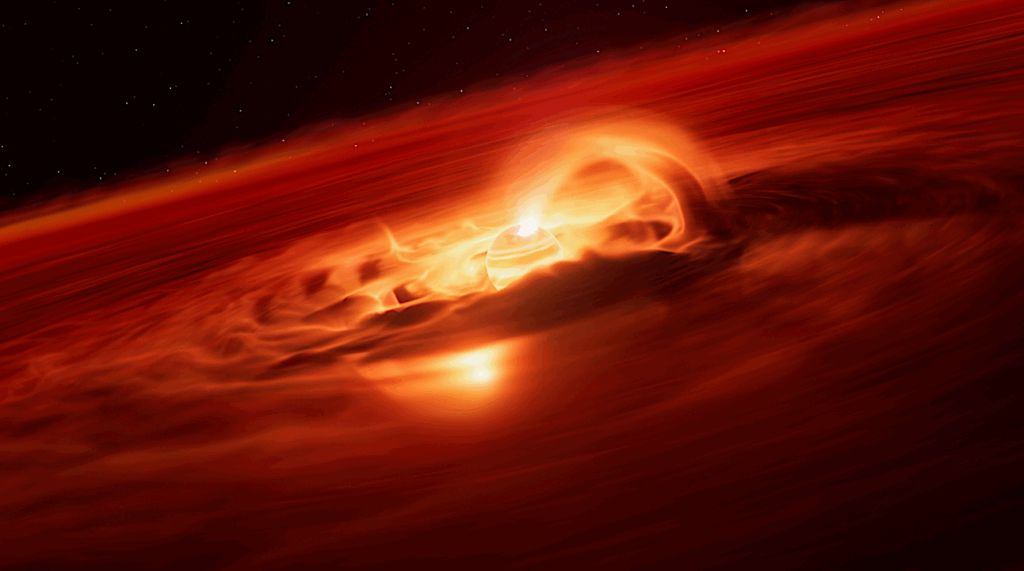The Diversity of Cold Worlds: A Blended-light Binary Straddling The T/Y Transition In Brown Dwarfs
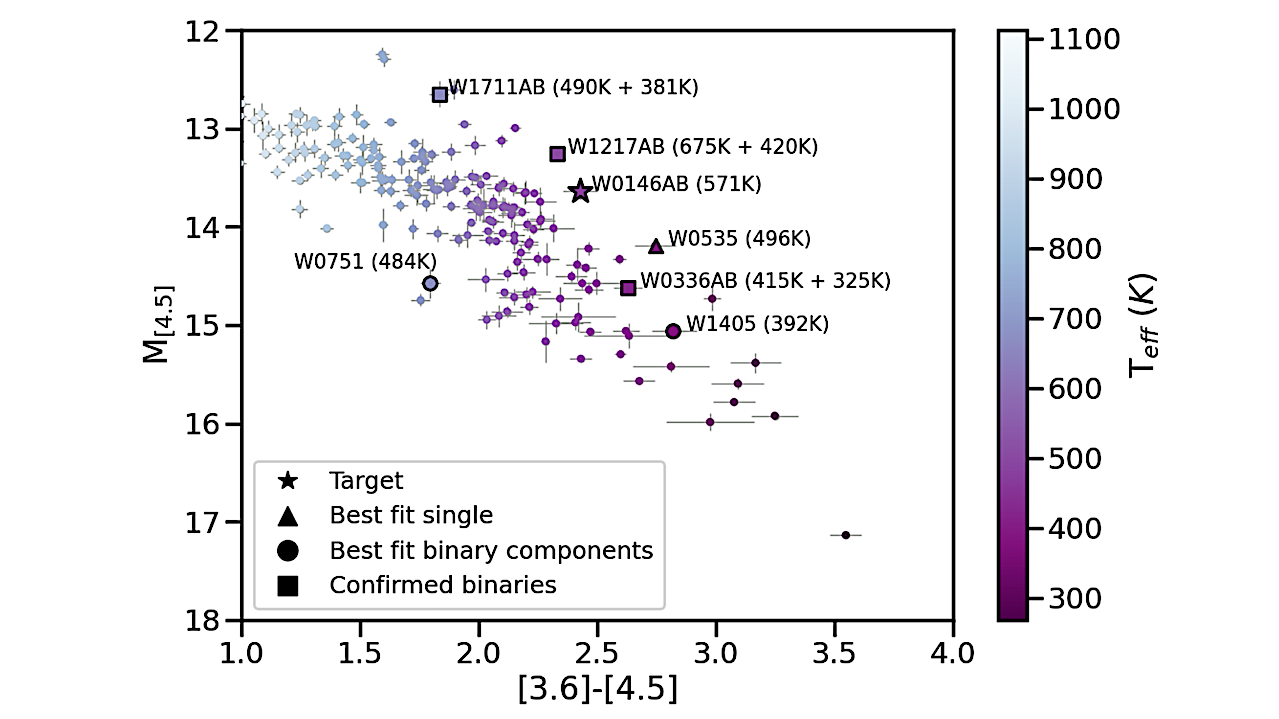
We present the first brown dwarf spectral binary characterized with JWST: WISE J014656.66+423410.0, the coldest blended-light brown dwarf binary straddling the T/Y transition.
We obtained a moderate resolution (R∼2700) G395H spectrum of this unresolved binary with JWST/NIRSpec and we fit it to late-T and Y dwarf spectra from JWST/NIRSpec, and model spectra of comparable temperatures, both as individual spectra and pairs mimicking an unresolved binary system.
We find that this tightly-separated binary is likely composed of two unequal-brightness sources with a magnitude difference of 0.50±0.08 mag in IRAC [4.5] and a secondary 1.01±0.13 mag redder than the primary in [3.6]-[4.5]. Despite the large color difference between the best fit primary and secondary, their temperature difference is only 92±23K, a feature reminiscing of the L/T transition.
Carbon disequilibrium chemistry strongly shapes the mid-infrared spectra of these sources, as a complex function of metallicity and surface gravity. While a larger library of JWST/NIRSpec spectra is needed to conclusively examine the peculiarities of blended-light sources, this spectral binary is a crucial pathfinder to both understand the spectral features of planetary-mass atmospheres and detect binarity in unresolved, moderate-resolution spectra of the coldest brown dwarfs.
Daniella C. Bardalez Gagliuffi, Jacqueline K. Faherty, Genaro Suarez, Sherelyn Alejandro Merchan, Brianna Lacy, Ben Burningham, Klara Matuszewska, Rocio Kiman, Johanna M. Vos, Austin Rothermich, Jonathan Gagne, Caroline Morley, Melanie J. Rowland, Dan Caselden, Aaron Meisner, Adam C. Schneider, Marc J. Kuchner, Charles A. Beichman, Peter R. Eisenhardt, Christopher R. Gelino, Ehsan Gharib-Nezhad, Eileen C. Gonzales, Federico Marocco, Niall Whiteford, J. Davy Kirkpatrick
Comments: 21 pages, 7 figures
Subjects: Solar and Stellar Astrophysics (astro-ph.SR); Earth and Planetary Astrophysics (astro-ph.EP)
Cite as: arXiv:2503.02025 [astro-ph.SR] (or arXiv:2503.02025v1 [astro-ph.SR] for this version)
https://doi.org/10.48550/arXiv.2503.02025
Focus to learn more
Submission history
From: Daniella Bardalez Gagliuffi PhD
[v1] Mon, 3 Mar 2025 19:57:39 UTC (6,598 KB)
https://arxiv.org/abs/2503.02025
Astrobiology,


